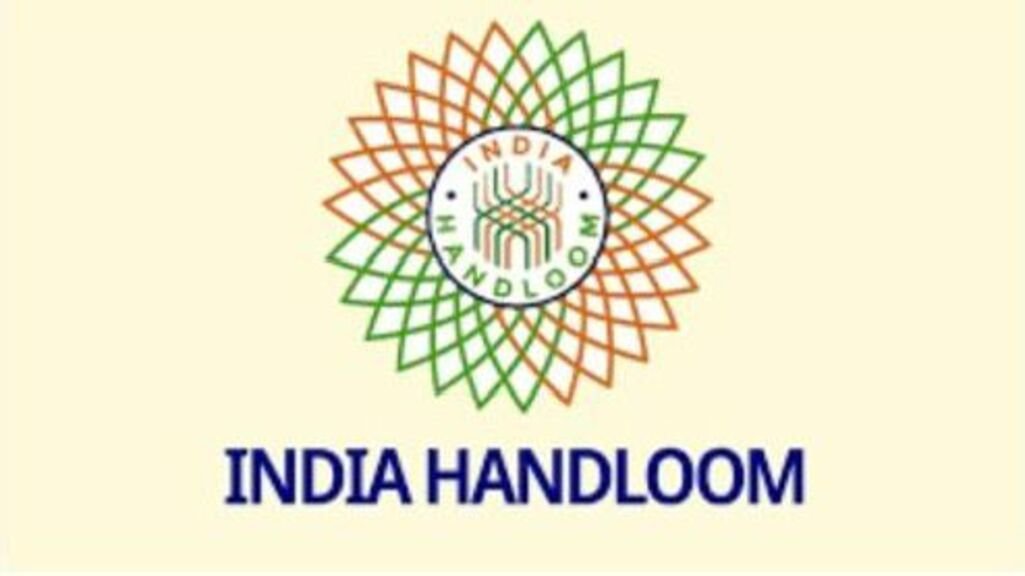
India’s handloom industry is more than just fabric—it is a living legacy, woven with history, artistry, and identity. From the shimmering elegance of Banarasi silks to the airy grace of Chanderi cotton, each weave carries the soul of its region.
In recent years, this sector has not just survived—it has flourished. Prime Minister Narendra Modi, ahead of National Handloom Day 2025, praised the remarkable growth of the handloom industry, noting how the blend of tradition, innovation, and community spirit has transformed it into a global inspiration. He highlighted the role of women-led self-help groups, rising employment opportunities, and the industry’s ability to merge age-old techniques with modern design.
Key Drivers of Growth
- Government Support & Recognition
Initiatives like the GI tag for regional weaves, One District One Product, and digital marketplaces have brought artisans into the mainstream economy. - Global Appeal
Handloom products are finding space in couture fashion shows, global exhibitions, and luxury boutiques, while still holding strong in local markets. - Women Empowerment
Increased opportunities for women weavers and entrepreneurs have turned handlooms into a vehicle for financial independence and community growth. - Innovation in Tradition
From AI-assisted design to eco-friendly dyes, modern technology is enhancing the beauty and sustainability of traditional weaving.
Eternal Pehnawa’s Promise
At Eternal Pehnawa, we celebrate this revival every day. Our Chanderi, Banarasi, and other handloom collections are authentic, handwoven, and sourced directly from artisans, ensuring every purchase supports livelihoods and keeps heritage alive.
Because for us, a handloom isn’t just cloth—it’s a story of skill, culture, and identity. And when the sector thrives, every thread tells that story a little louder.
“When you choose handloom, you don’t just wear fabric—you wear a story woven in tradition, pride, and artistry.”


Add comment